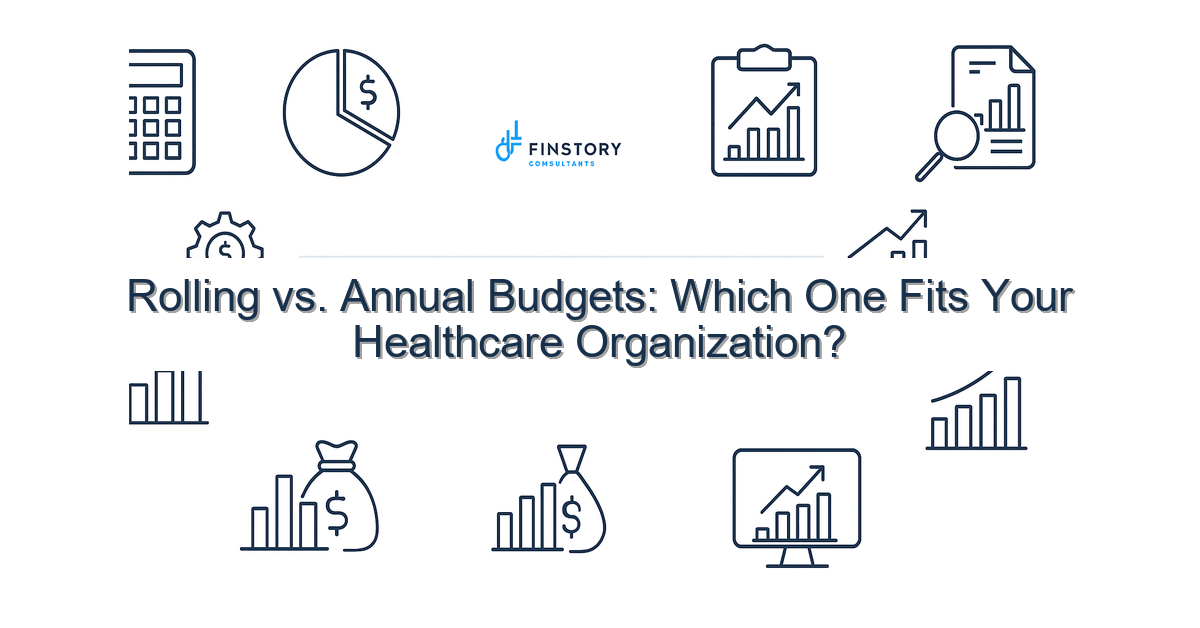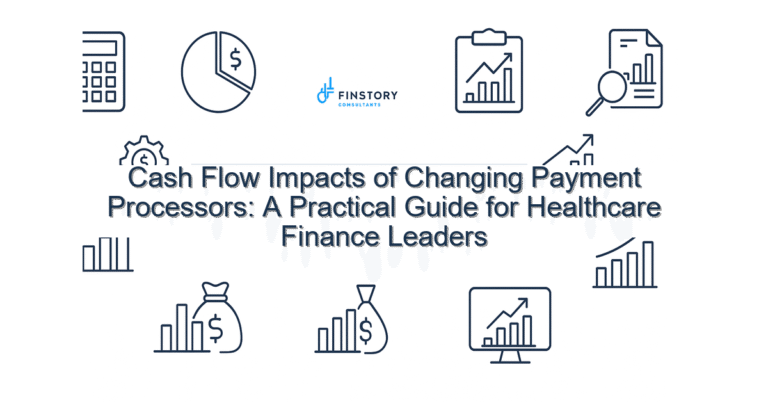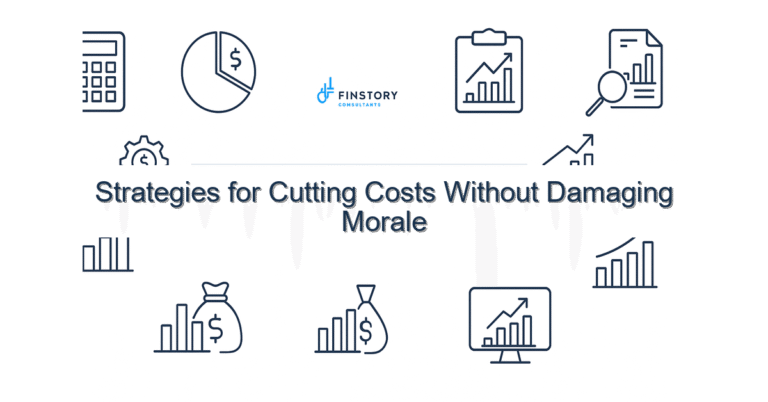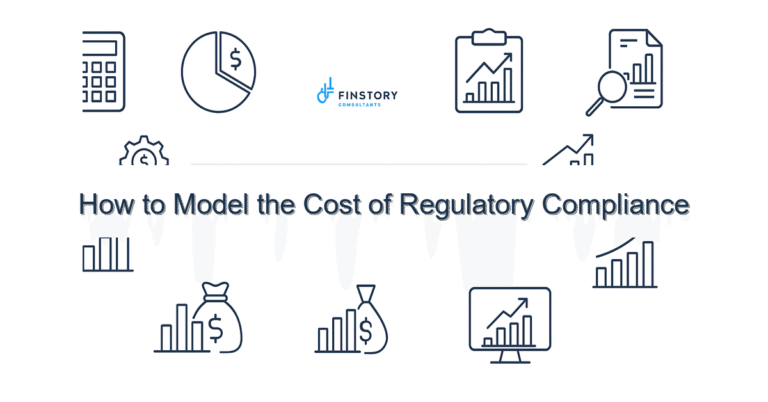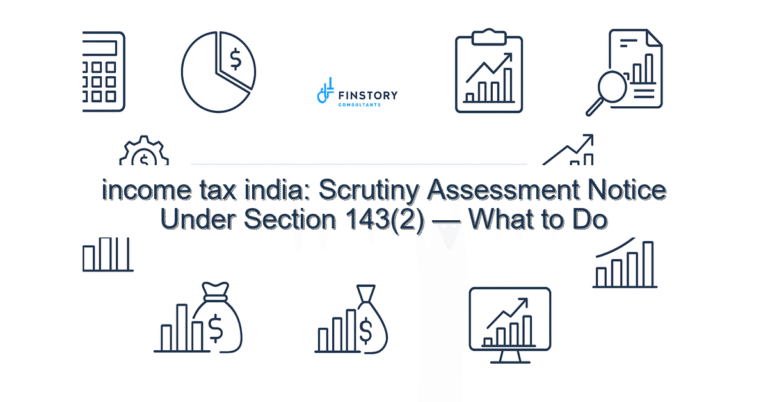Rolling vs. Annual Budgets: Which One Fits Your Healthcare Organization?
Budget season used to mean late nights, static spreadsheets, and a prayer that nothing changes. You’re tired of re-running the same exercise every year while volumes, payer mix, and staffing costs keep shifting under your feet.
Summary: Choose the budget cadence that aligns with how your operations actually change: annual budgets for stability and strategic alignment; rolling forecasts for agility and operational control. The win is clearer decisions, fewer surprises, and finance processes that spend more time on insight and less on rework.
What’s the real problem?
The core issue isn’t spreadsheet fatigue—it’s timing and relevance. Annual budgets lock you into a plan when the world of healthcare rarely stays still. Rolling approaches try to fix that, but they can create their own execution headaches.
- Clinical volumes and case mix shift mid-year, making last year’s plan irrelevant.
- Leaders delay decisions because the budget is “fixed,” then react when variances are large.
- FP&A spends cycles reconciling versions instead of improving forecasts.
- Leadership reporting feels stale: the board asks for updates that the budget can’t answer.
What leaders get wrong
Most leadership teams assume the choice is binary: either stick with the annual budget because it’s familiar, or flip to rolling forecasts and expect instant agility. That’s not true.
- They treat rolling forecasts as a shortcut—without upgrading data, governance, or cadence.
- They expect annual budgets to prevent surprises, forgetting that the unexpected comes from things budgets don’t capture.
- They neglect change management: department heads get frustrated when new processes add work without immediate benefit.
- They forget to align incentives—performance reviews and capital decisions still reference the old annual plan.
A better approach
Think of budgets like tools in a toolkit, not a single doctrine. Match the tool to the problem: use an annual budget for strategy and resource allocation, and roll forward a forecast for operational decisions.
Here’s a practical 4-step framework to combine both well:
- Set the anchor: Keep a single annual budget for strategic targets—investments, FTE planning, and major capital.
- Roll forward: Maintain a 12-month rolling forecast updated monthly or quarterly—reconciling to actuals and the strategic anchor.
- Define governance: Assign owning roles, approval gates, and one source of truth for assumptions (volumes, mix, rates).
- Automate and report: Use automation to pull operational feeds, and build leader-friendly dashboards for scenario testing.
Real-world example: A 350-bed regional system shifted to a hybrid model—annual budget plus monthly rolling forecast. Within two quarters they reduced monthly forecast variance from ~8% to 3% and cut FP&A reconciliation time by 40%. Finance could spend more time coaching service line leaders on productivity and less time fixing numbers.
Quick implementation checklist
- Decide your cadence: monthly rolling forecast or quarterly—pick what leadership will commit to.
- Identify four high-impact drivers (admit volumes, outpatient visits, surgical cases, labor hours).
- Create a single workbook or data model as the source of truth; retire old “shadow” spreadsheets.
- Automate data feeds for patient volumes, payroll, and AR/AP to reduce manual updates.
- Run a two-week pilot with one service line to test assumptions and reporting templates.
- Set a governance rhythm: monthly forecast review, quarterly strategy review, and escalation rules.
- Align KPIs and performance targets with both annual and rolling outputs.
- Train department leaders on scenario setting so they can own variance explanations.
What success looks like
- Forecast accuracy: reduce top-line variance to under 3–5% for the rolling 12-month view.
- Cycle time: cut budget and forecast close/reconciliation by 30–50% (days).
- Operational ROI: redeploy finance hours to analysis—aim for >20% of FP&A time on insights vs. data prep.
- Capital efficiency: faster decisions on mid-year investments with scenario-backed impact estimates.
- Cash stability: improve cash-day visibility and reduce unexpected draws on reserves by measurable %.
Risks & how to manage them
- Risk: Process fatigue—more frequent updates feel like more work.
Mitigation: Automate feeds, limit the number of drivers to what truly matters, and protect leaders’ time with concise, visual reports. - Risk: Conflicting targets—annual budget vs. rolling forecast create mixed signals.
Mitigation: Communicate clearly which document drives which decision. Use the annual as the strategy anchor and the rolling forecast for operational adjustments. - Risk: Data quality problems undermine credibility.
Mitigation: Invest early in a small set of data feeds and a reconciled ledger. Run a short data validation sprint before cutting over.
Tools & data
You don’t need an enterprise overhaul to get started, but you do need reliable data and the right interfaces for leaders.
- Finance automation to pull transactional feeds (payroll, billing, procurement) and reduce manual uploads.
- Power BI or similar visualization for leadership reporting—keep pages short, action-focused, and linked to drivers.
- Scenario modeling built into your FP&A tool or a well-structured data model so you can show downside, baseline, and upside quickly.
- Clear ownership of data sources: clinical operations owns volumes, HR owns FTEs, finance owns rates and allocations.
Next steps
If you’re ready to move beyond the endless budget cycle, start small and show a quick win: pick one service line, automate one feed, and run a three-month rolling forecast alongside your annual plan. Use that pilot to prove the cadence and refine governance.
If you want help building the model, standing up the dashboards, and gaining leader buy-in, contact Finstory. We work with healthcare leaders to implement hybrid budget systems that reduce variance and free finance to advise—fast.
Work with Finstory. If you want this done right—tailored to your operations—we’ll map the process, stand up the dashboards, and train your team. Let’s talk about your goals.
📞 Ready to take the next step?
Book a 20-min call with our experts and see how we can help your team move faster.
Prefer email or phone? Write to info@finstory.net
or call +91 44-45811170.
